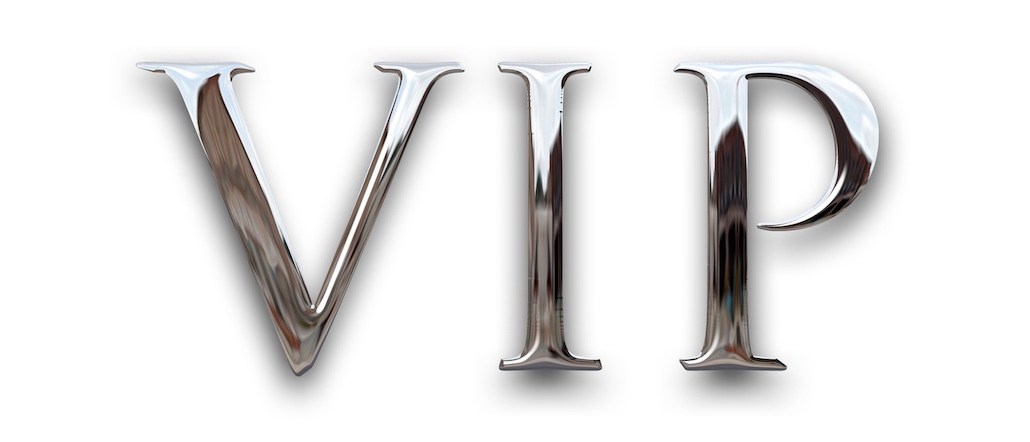Save 50% on a 3-month Digiday+ membership. Ends Dec 5.
A return to focus: Publishers are going high with subscription prices

Jim VandeHei raised a lot of eyebrows at the Code Media Conference last week when he declared that subscriptions to his new venture, Axios, would be pricey to the tune of $10,000 a year. “When I talk about subscriptions, I’m not talking New York Times subscriptions,” VandeHei said. “I’m talking high end.”
VandeHei and Axios are not alone in betting they can fetch big money for subscriptions — at least ones that can be corporate expenses. At the beginning of November, the Wired Media Group, which includes Condé Nast-owned Wired, Backchannel and Ars Technica, launched a $4,000 annual membership program; Business Insider’s research division, Business Insider Intelligence, charges $2,495 for all-access memberships, and B.I.’s parent company, Axel Springer, has been treating it as core to the business, growing membership nearly 40 percent in the past two months, to 7,000 total members; 18 months ago, the Wall Street Journal launched the CEO Council, as well a number of pricey, invitation-only groups targeting CMOs, CFOs and CIOs.
What all these efforts have in common is a rejection of the scale publishing model that’s premised on amassing giant audience numbers and then making money off ads. That model has proved to be wanting in a time of spiraling prices for standardized ads — and when so many publishers can boast giant audiences.
“It’s not just throwing a paywall in front of things people can get for free,” said Kevin Turpin, the president of National Journal, which after years of experimenting with memberships transitioned to a members-only operation last year. “You create a service relationship.”
As with most of their recent pursuits, publishers started doing this out of necessity. A large majority of people will never pay for news content, no matter what the price, according to research conducted by the Reuters Institute, and digital advertising still drives far less revenue than a steady flow of subscriber fees: At The New York Times, for example, 90 percent of digital revenues come from just 12 percent of its readers.
In the face of those facts, VandeHei and other publishers have decided to start selling business- and industry-specific information as well, and at a high markup. VandeHei has some experience doing this already: Politico Pro, which launched in 2011, had a subscription product whose individual subscriptions cost $3,295, but most of Pro’s money came from corporate-level subscriptions, which cost upwards of $8,000 (those same tiers now cost $5,000 and $10,000, respectively).
Wired Media Group’s program has a staff of 10 dedicated to the project full time, not including the editors and staffers that participate in the programs created for members; Business Insider now has a team of six people dedicated solely to selling its subscription products, which start at $2,500 per year, and its research team now spans multiple continents.
Ad position: web_incontent_pos1
All that investment, at least initially, will contribute pretty modest amounts to both publishers’ bottom lines: If Wired hits its sales targets for the first year, it will generate less than half a million dollars in revenue. And Business Insider, which declined to break out how much revenue it earns from its memberships, likely only nets a few million dollars per year, according to some back-of-the-napkin math (7,000 subscribers x $2,495/year = $17.5 million).
VandeHei, who has a $10 million investment to work with, will have the resources to build those teams. But as the company builds its audience and if these subscriptions get some traction, he may soon find himself faced with a choice about which audience he wants to focus on: National Journal, for example, now employs more researchers and analysts than journalists. It also reaches a smaller audience, but it’s also one that’s more homogeneous, and therefore easier to serve. “Our business, prior to the member-only move, was seeking to reach some very different audiences,” Turpin said. “[They] sometimes were opposites of each other.”
That central tension – trying to serve subscribers, who are paying big bucks, and trying to serve the general public – can also put publications in strange spots. Bloomberg, for example, all but admitted it made a mistake in deciding to cover the wealth amassed by Chinese president Xi Jinping, because that coverage jeopardized the prospects for expanding its terminal business there.
VandeHei, for his part, feels like he can thread that needle. “That doesn’t mean you’re still not producing journalism of consequence for a huge audience,” he said. “It just gives you another way to fund it.”
More in Media

What publishers are wishing for this holiday season: End AI scraping and determine AI-powered audience value
Publishers want a fair, structured, regulated AI environment and they also want to define what the next decade of audience metrics looks like.

Digiday+ Research Subscription Index 2025: Subscription strategies from Bloomberg, The New York Times, Vox and others
Digiday’s third annual Subscription Index examines and measures publishers’ subscription strategies to identify common approaches and key tactics among Bloomberg, The New York Times, Vox and others.

From lawsuits to lobbying: How publishers are fighting AI
We may be closing out 2025, but publishers aren’t retreating from the battle of AI search — some are escalating it, and they expect the fight to stretch deep into 2026.
Ad position: web_bfu




